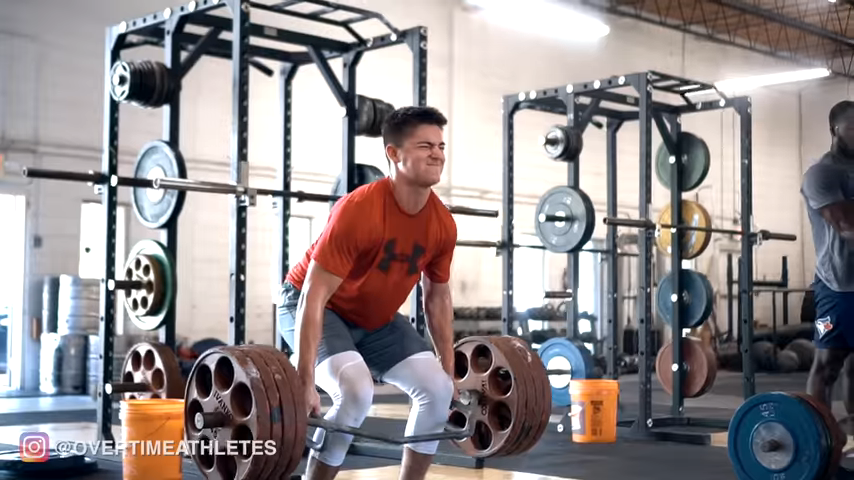How to Program Lower Body Exercises for Performance, Speed, and Vertical
People message me all the time and ask me how to program athletes. Although I’ve already made a bunch of posts about it (here, here, and here), I haven’t written about the lower body specifically. Lower body strength is key for every athlete. And it’s important to develop that strength with the proper progressions and proper order of movements to ensure high movement quality when in the gym.
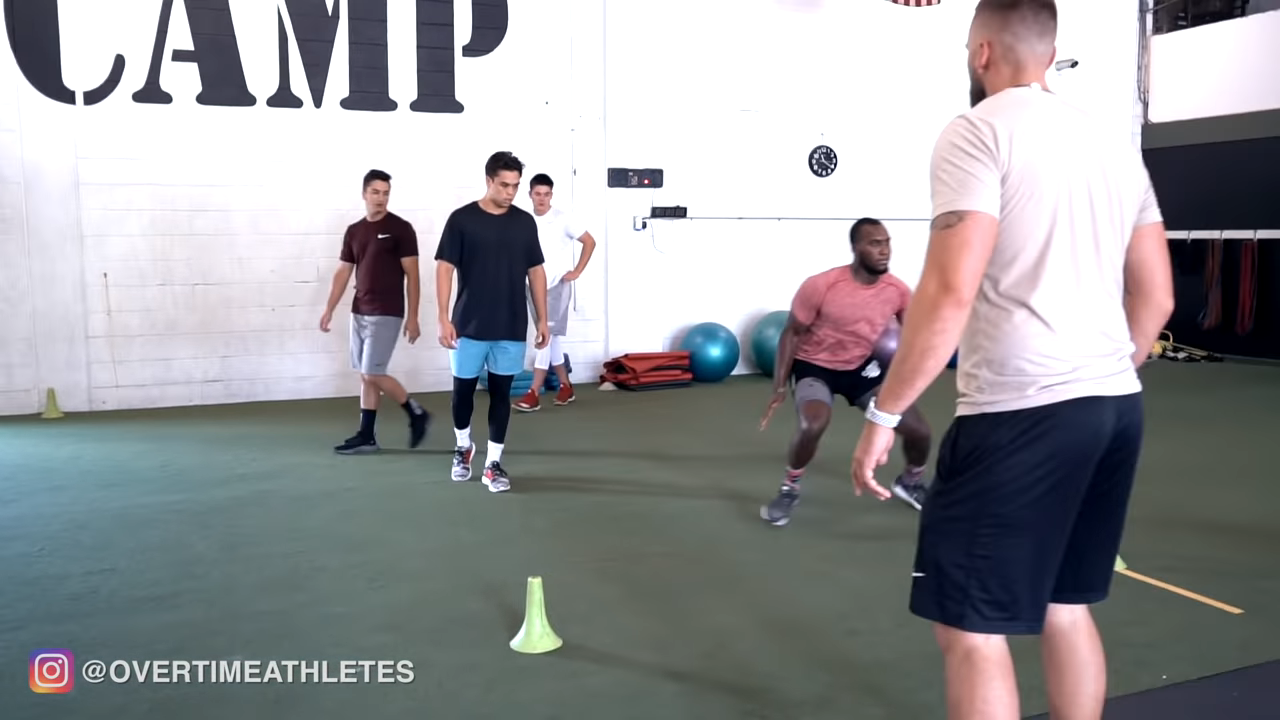
This said, I want to share my lower body programming protocol with you.
It’s nothing sexy.
It’s easy to follow, simple, and straightforward.
Below, I’ll also share a paradigm shift that I share with all of my athletes. If you make this shift, it will allow you to get stronger faster.
The Big Lifts
You might know, the main two lifts I use are the trap bar deadlift and the back squat.
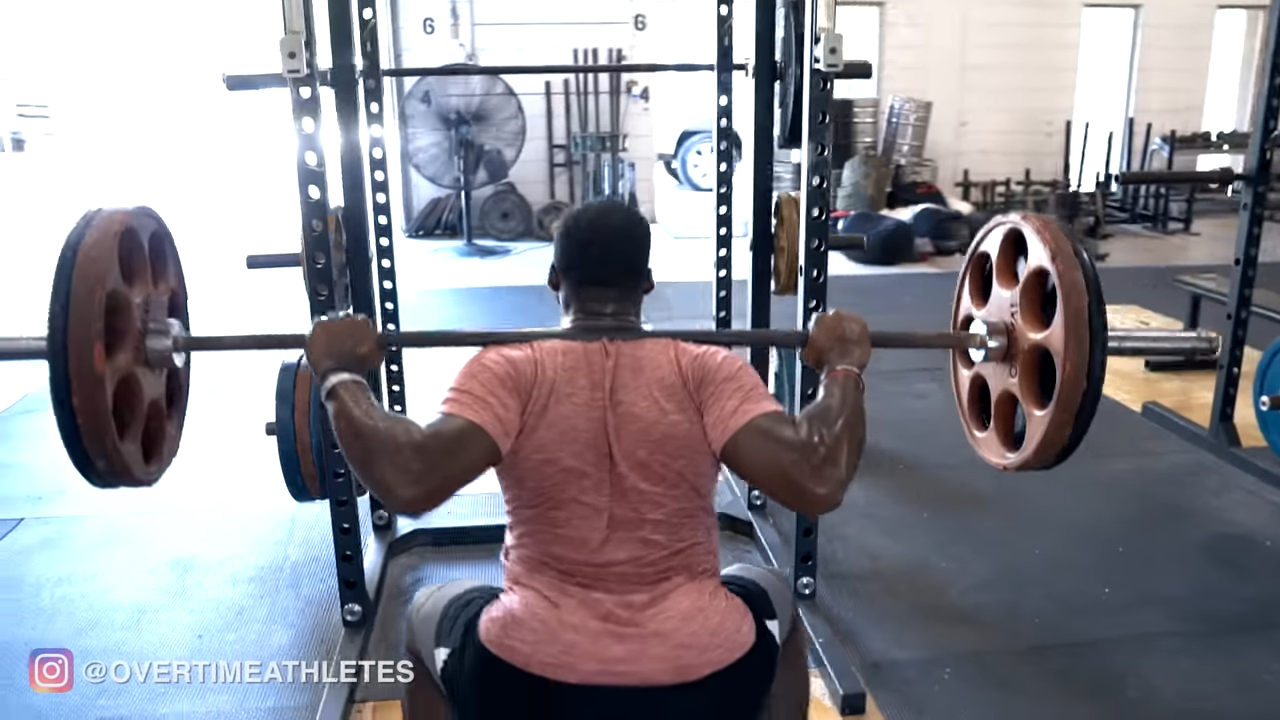
I believe these are the most sports-specific and transferrable movements to sport.
Plus, they allow for variation that can lead to more explosive power, speed and higher vertical.
Now, you might know that I like to use a triphasic progression, but this varies from sport to sport, athlete to athlete. As of the last few months, I’ve stuck to the triphasic progression loosely, focusing more on the needs of my athletes. However, I still believe triphasic should have a place in your progression with big lifts.
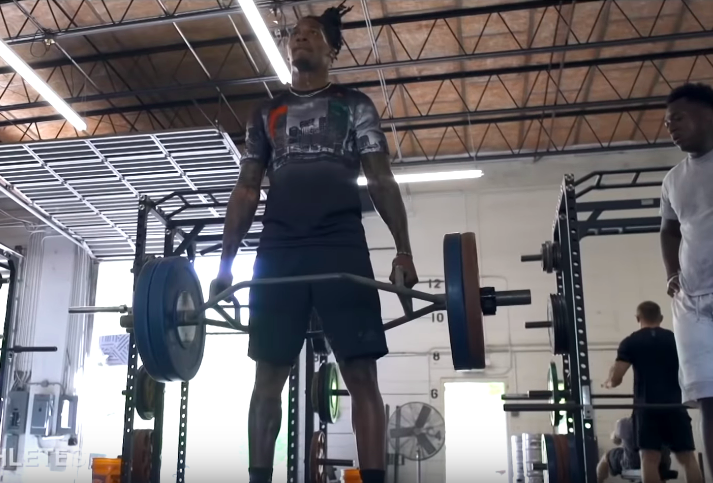
In addition, I’ve used accommodating resistance more and more. This is adding bands, or chains, to create maximal tension through an entire movement. This added resistance also gives the athlete the ability to move the bar as explosively as possible without worrying about decelerating.
This is something I like to add in the third block of a training cycle.
Auxiliaries
The importance of auxiliaries is commonly overlooked by coaches. Even more by athletes.
However, I always tell my athletes, that auxiliaries are key to more strength on the big lifts. And of course, this snowballs into more explosiveness.
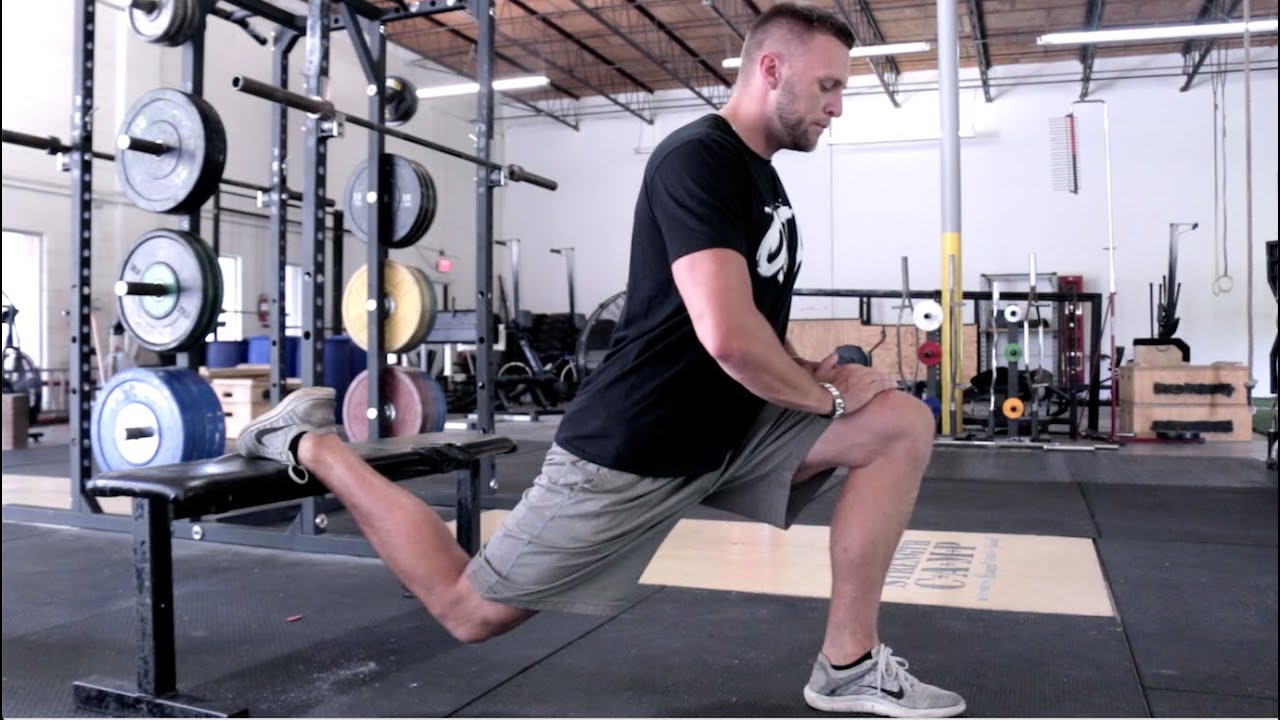
Now, the question is, how do I program lower body auxiliaries?
I start with a unilateral movement.
I have a couple reasons for starting with a unilateral movement. The main reason is because unilateral movements have higher neurological demand than bilateral movements. I also believe that unilateral movements are more bang for your buck than bilateral accessories.

My go-to unilaterals are lunges, Bulgarians, step ups, and reverse lunges (my current favorite).
Next, I’ll go to a bilateral hinge movement.
This could be a kettlebell swing, an RDL, or a good morning.
On some occasions, I will go unilateral with the hinge, but for the most part, I’ll use bilateral movements to build the posterior chain.
If I want to add another accessory movement after this, I’ll pick something in the lateral plane. Something like a lateral lunge or a progression of that.
Progressing Your Auxiliaries
If you’ve been reading this blog for a while (and you should if you’re serious about performance training), you probably know I’m all about progression.
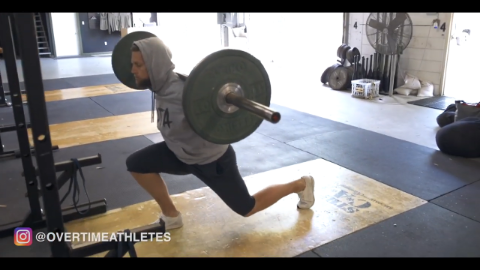
Progression is the key to everything athletic.
Without it, you don’t improve. You remain mediocre.
This said, with accessory movements, you want to start off basic.
We’ll use the reverse lunge as an example.
I’ll start an athlete out with a simple dumbbell reverse lunge. From there, I’ll increase the working range of motion of the movement by adding elevation. Then, I’ll add an axial load in the form of a barbell. And if he still needs more, axial load in an extended range of motion.

Now not every movement progresses like this.
In some cases I’ll add a pause, or an eccentric tempo, or even accommodating resistance.
The Ultimate Goal With Accessory Movements
You have to remember the ultimate goal when programming.
Whether you’re a coach or an athlete your goal with training is to transfer your strength over to your sport.
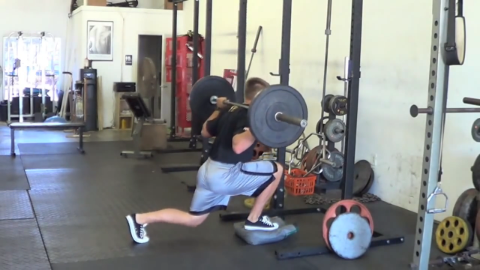
The progressions I laid out will help you with this…
Another thing that will help is learning how to build athletic strength.
And, you can learn how to do this for free, when you join my Advanced Strength Series.
The Advanced Strength Series is a free series of videos that reveals all of my secrets on how to build strength that translates for athleticism. And again, it’s totally free.
Hit the link below to join:
Click Here to Discover How to Build Athletic Strength for Free
